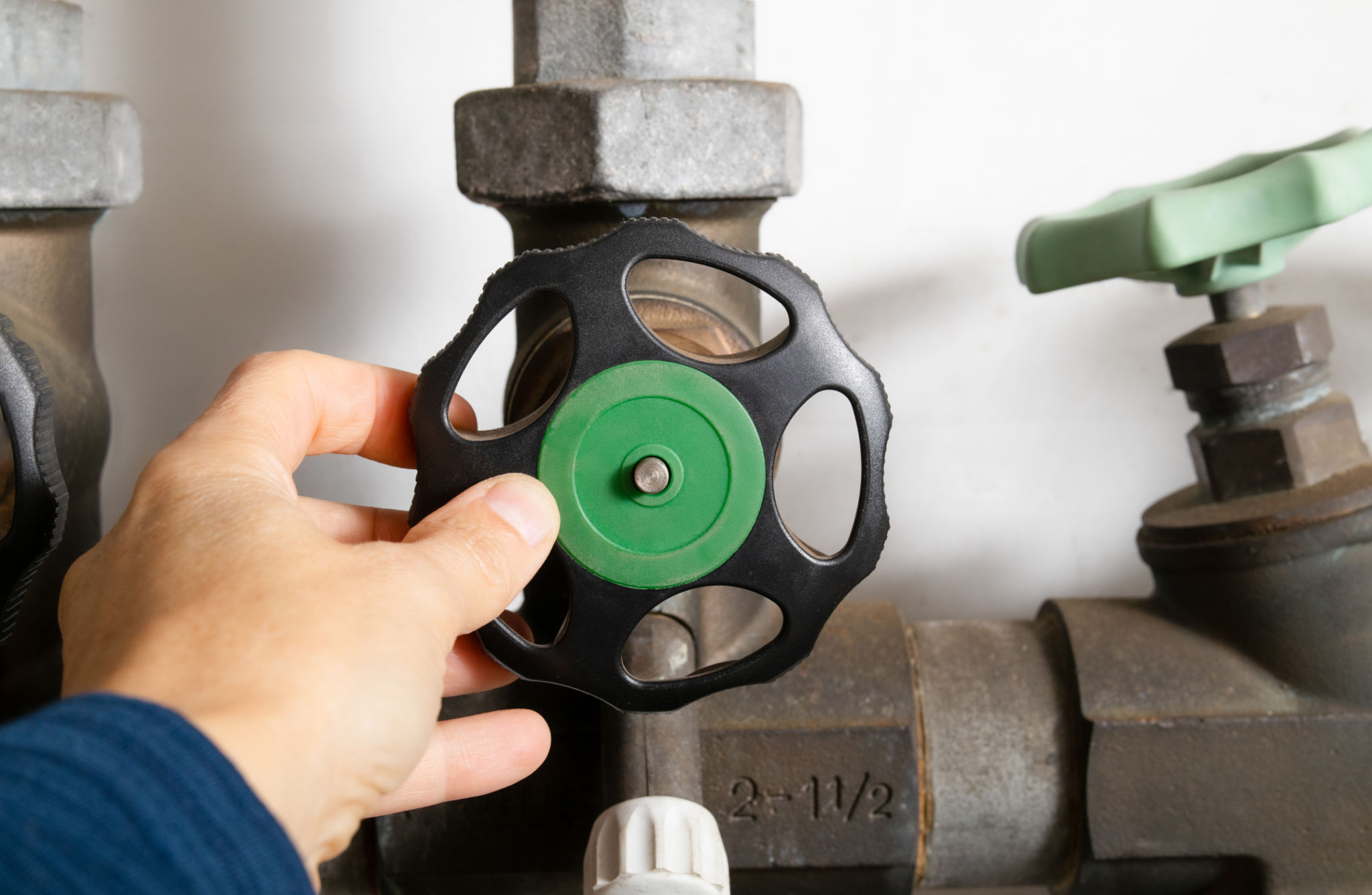Common Misconceptions About Backflow Testing and Why They Matter
Understanding Backflow Testing
Backflow testing is a crucial process that ensures the safety of our water supply. However, there are several misconceptions surrounding it. These misunderstandings can lead to neglecting necessary testing, potentially compromising water quality. In this post, we aim to clear up some of these misconceptions and explain why backflow testing is essential.

Misconception 1: Backflow Testing Is Only for Large Businesses
One common misconception is that backflow testing is only necessary for large commercial properties. In reality, backflow prevention devices are required wherever there is a potential hazard to the public water supply. This includes residential homes, especially those with irrigation systems, swimming pools, or other potential cross-connections.
Neglecting backflow testing in residential areas can lead to contamination of the public water supply, posing health risks to the entire community. Therefore, it's crucial for homeowners to understand their responsibility in maintaining these devices.
Misconception 2: Backflow Testing Is Expensive
Many people believe that backflow testing is a costly process. While there is an expense involved, the cost of testing is minimal compared to the potential consequences of water contamination. Regular testing ensures the device is functioning correctly, preventing costly repairs or replacements in the future.

Furthermore, some local governments offer rebates or financial assistance for backflow testing, making it more affordable for homeowners and businesses alike. It's worth exploring these options to ensure compliance without breaking the bank.
The Importance of Regular Testing
Regular backflow testing is not just a regulatory requirement; it is a proactive measure to protect public health. Water contamination can lead to severe health issues, including gastrointestinal illnesses and other diseases. By ensuring devices are tested annually, we can prevent such risks and maintain a safe water supply.
Backflow prevention devices can fail due to wear and tear or unforeseen issues. Regular testing helps identify these problems early, ensuring that repairs or replacements are made promptly.

Misconception 3: Backflow Testing Is a One-Time Requirement
Another common misconception is that backflow testing is a one-time requirement. In fact, most regulations require annual testing to ensure ongoing functionality. This is because environmental factors, such as changes in water pressure or temperature, can affect the performance of backflow prevention devices.
By adhering to a regular testing schedule, property owners can ensure compliance with local regulations and contribute to the safety of their community's water supply.
Conclusion: Take Backflow Testing Seriously
Backflow testing is an essential part of maintaining a safe and reliable water supply. By debunking these common misconceptions, we hope to encourage more property owners to take this responsibility seriously. Regular testing not only ensures compliance but also safeguards public health and prevents potential contamination.
Understanding the importance of backflow testing and addressing these misconceptions can lead to better practices and a safer environment for everyone.